Art or Vandalism? A Closer Look at Glasgow’s Graffiti Scene
One of our Young Voices team, Zanib Ahmad, delves into the history of graffiti with the help of local artist RADA before taking us on a tour of some of the best street art you can see around the Southside.
Flowers painted across the wall on a street near Govanhill park painted by artist Thistle
Words and Images by Zanib Ahmad
If you were to take a walk outside your home in any street in Glasgow, it wouldn’t be long before you’d see splashes of colour daubed across walls, bins, and shop shutters. Some call it vandalism, whereas others see Glasgow as a city becoming known for its vibrant street art, similar to the likes of Berlin or London.
While it can be argued that graffiti in one way or another has been around as long as humans have been able to make marks on walls, the contemporary style we’re used to today started in Philadelphia in the 1960s before exploding in New York around 1970. It has since evolved as one of the biggest art movements, with artists in cities and towns around the world absorbing graffiti culture and making it their own. Originally graffiti was viewed as an extension to political statements, expressing gang culture and for some elements, reflecting hip hop into art. However, these classifications have relaxed over time.
The graffiti scene in Glasgow has really taken off, and has become even more evident since lockdown. Take a stroll around Glasgow Southside to check out local murals, or wander down to Glasgow Clydeside, where the Broomielaw wall is now one of the most visual art spaces in which graffiti can be spotted from far away.
However, it is interesting to consider why we haven’t embraced graffiti culture as part of the identity of Glasgow, like other cities have done. There are currently only three legal spaces that are considered safe graffiti walls to paint without permission in Glasgow. This is unlike other Scottish cities such as Edinbrugh and Dundee which have committed to providing legal walls for artists to showcase their art. It’s evident that some graffiti is valued as street art whilst others is considered a criminal mess.

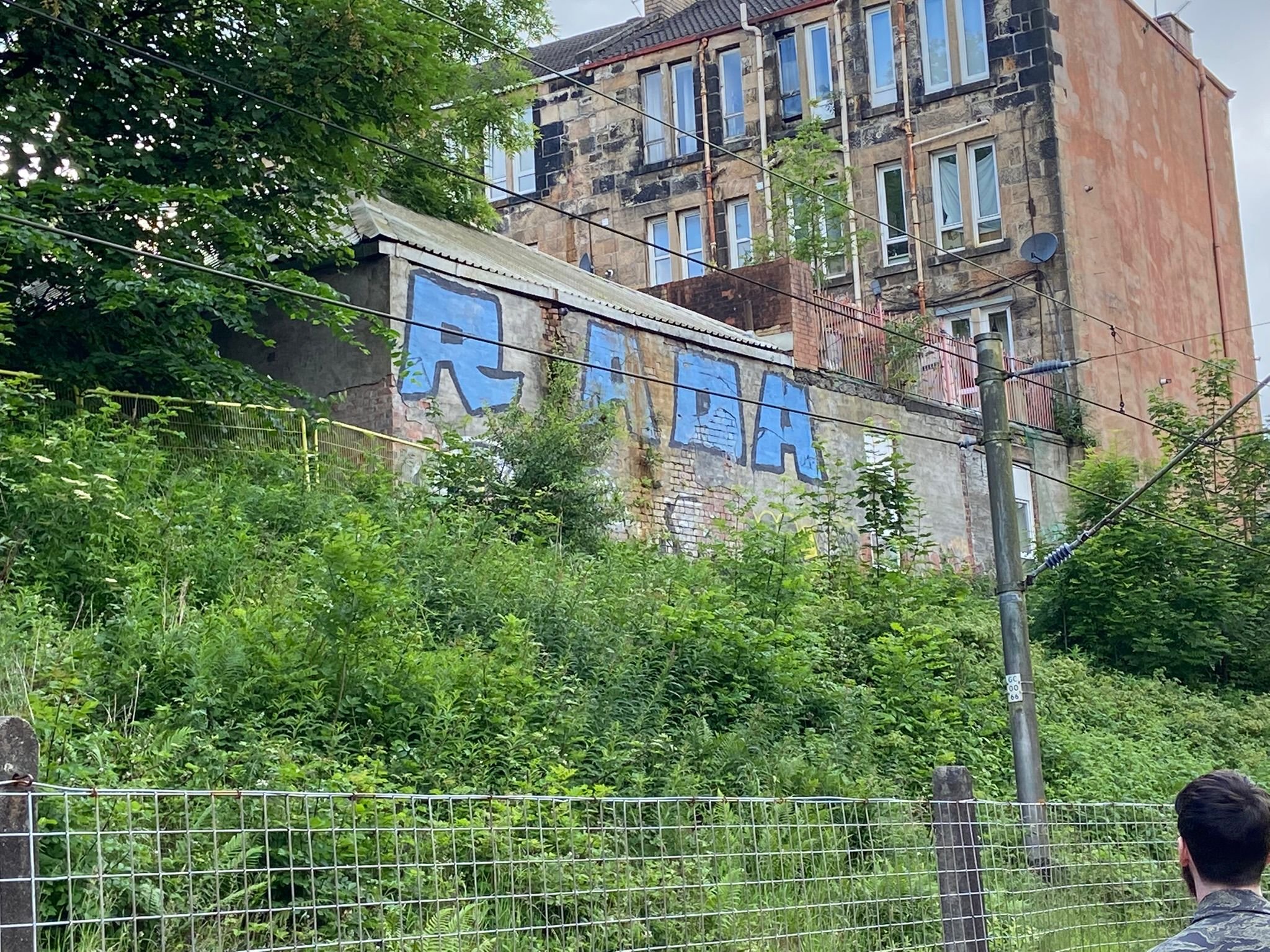
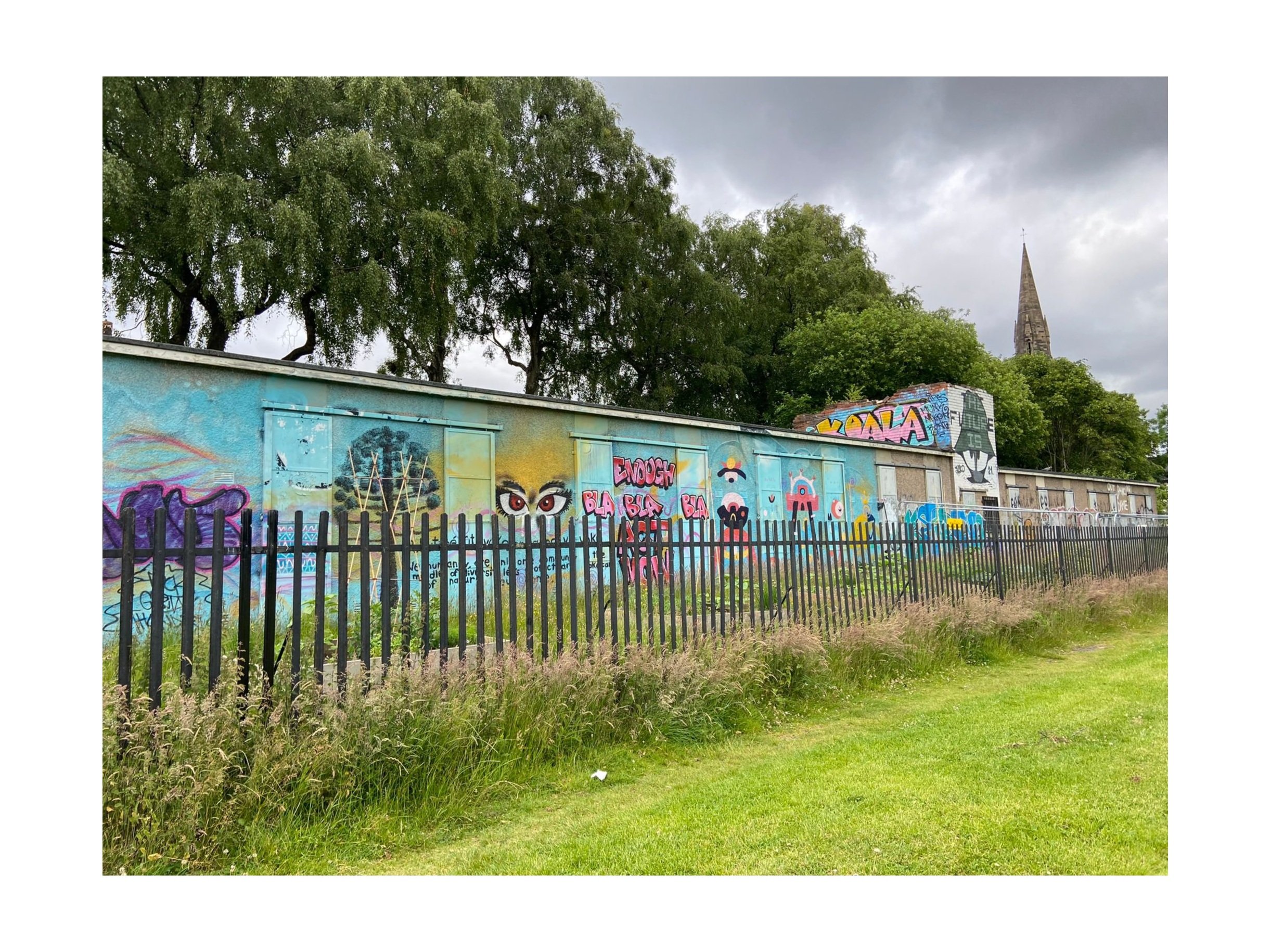
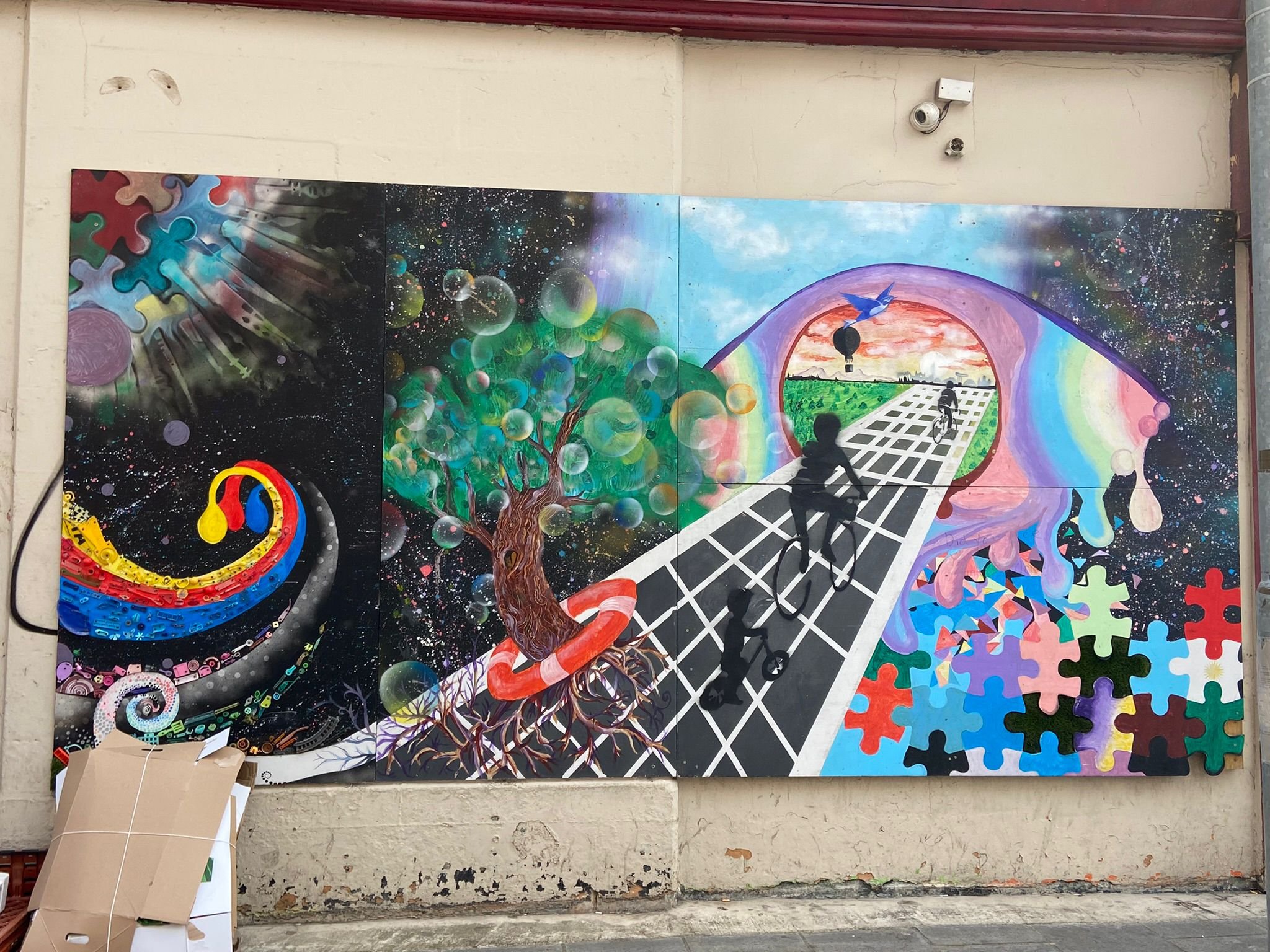
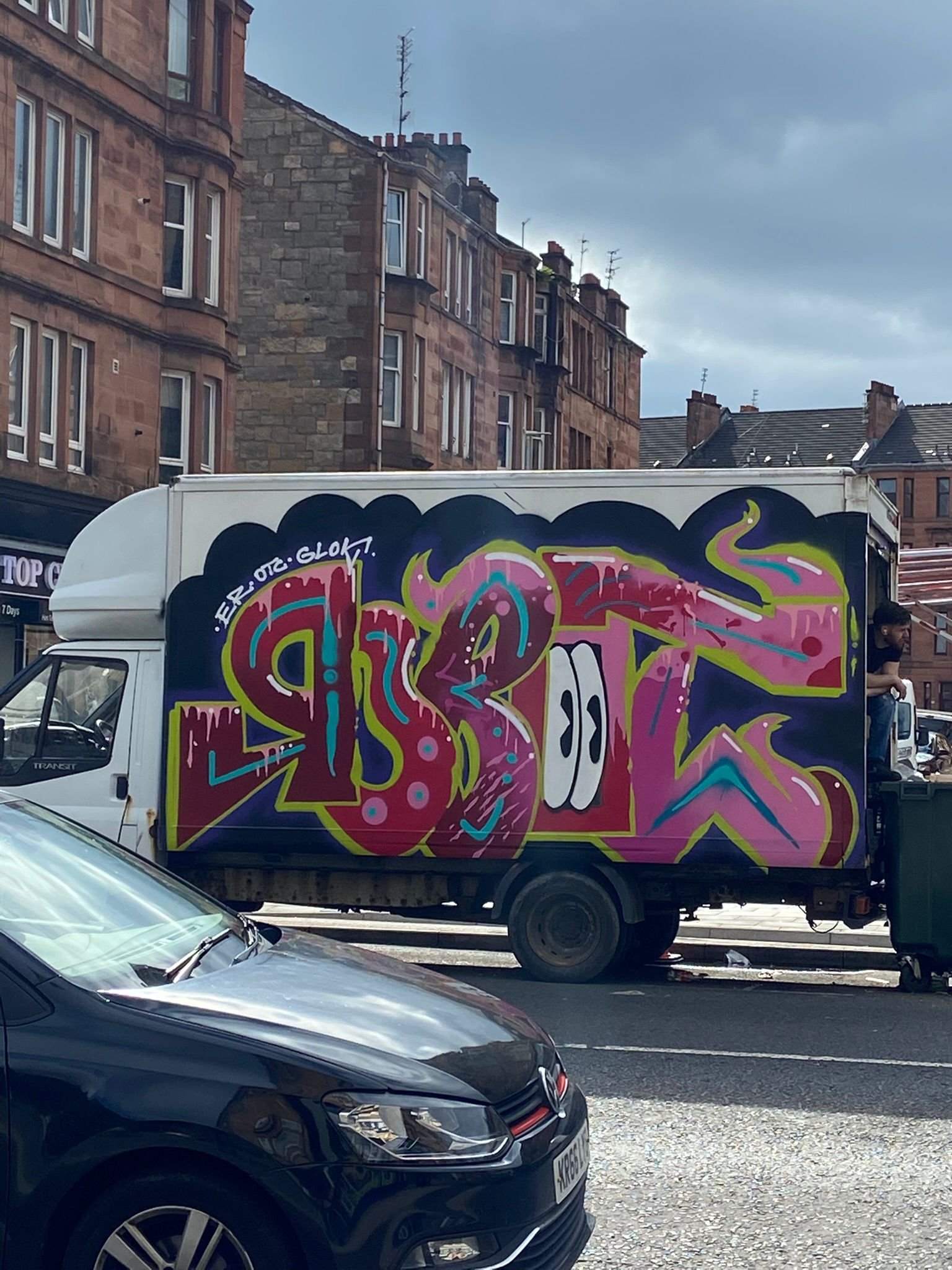
In order to delve deeper into the culture, I met with graffiti artist, RADA, to get an insight into the local scene.
What do you class as graffiti?
Graffiti is an artistic form, in which you can express yourself. By making graffiti in public places, everyone has to absorb it, as you're forced to look at it, unlike the willingness to choose to view something within a gallery.
Do you see a difference between street art and graffiti?
Street art is usually more acceptable, but a lot of this is down to it being stencilled like Banksy. Graffiti usually has the intention of rebellion – free styling rather than a concrete plan.
Why do you do it and what are the main goals you hope to achieve with it?
Graffiti leaves a mark on society, and I want to be a known artist. Unlike selling art where only specific people can engage in the art, graffiti allows for everyone to absorb it.
Do you think there’s a difference between good and bad graffiti?
100% there is a difference, everyone starts off bad, some stay bad, and some get good. Graffiti requires a lot of practice to get good. However, some people will adopt styles that are intentionally bad, like anti-style.
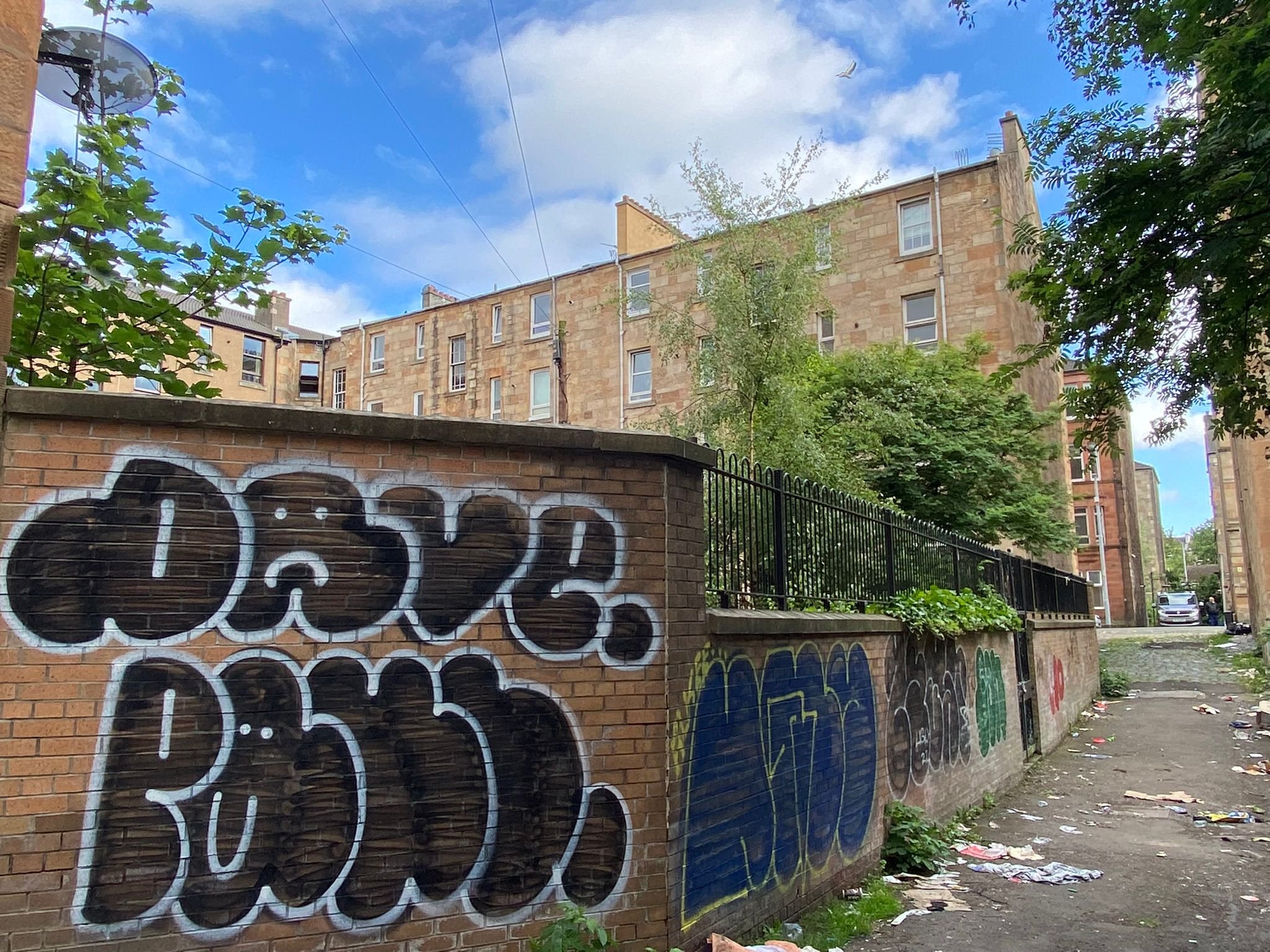
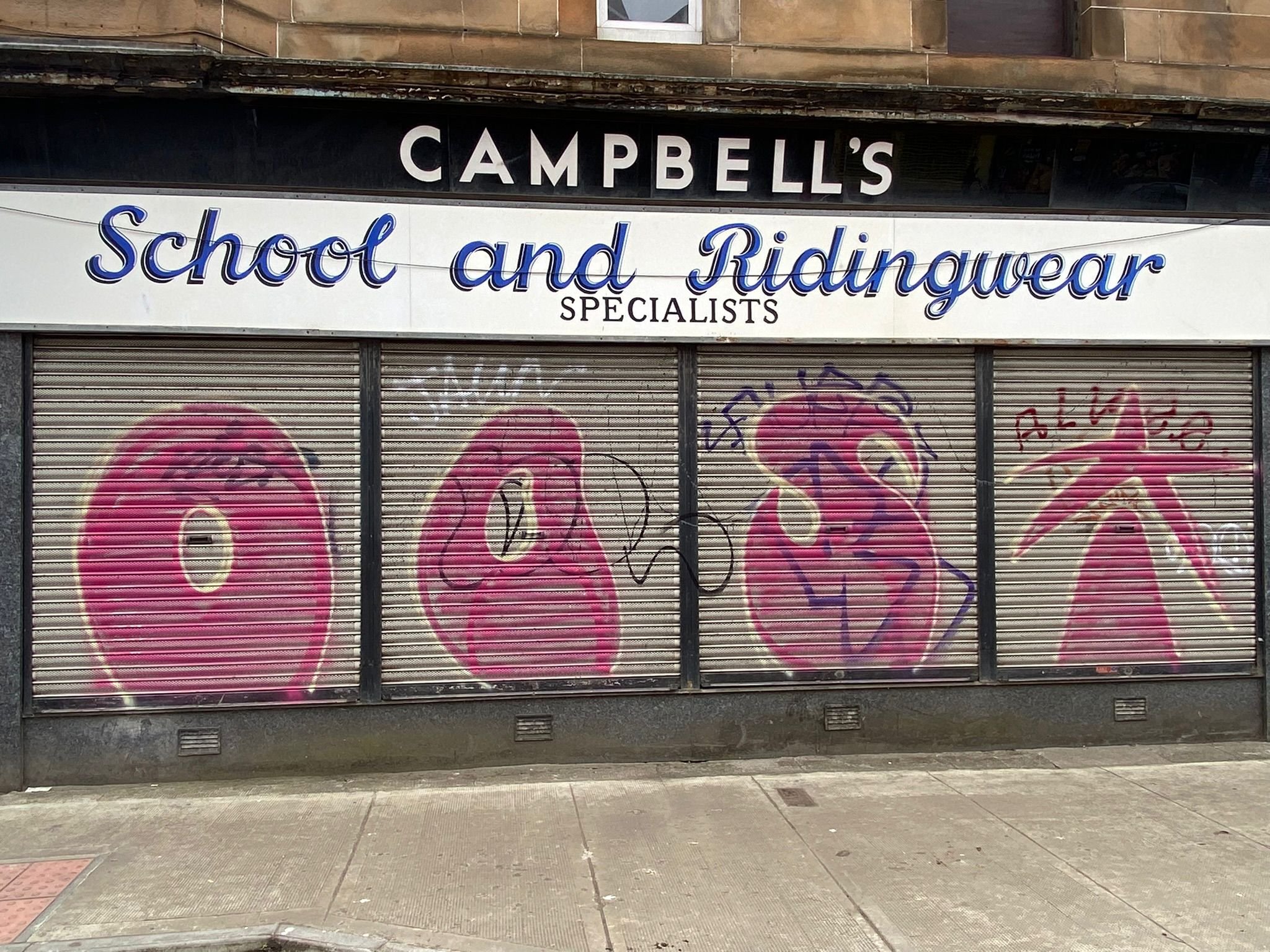

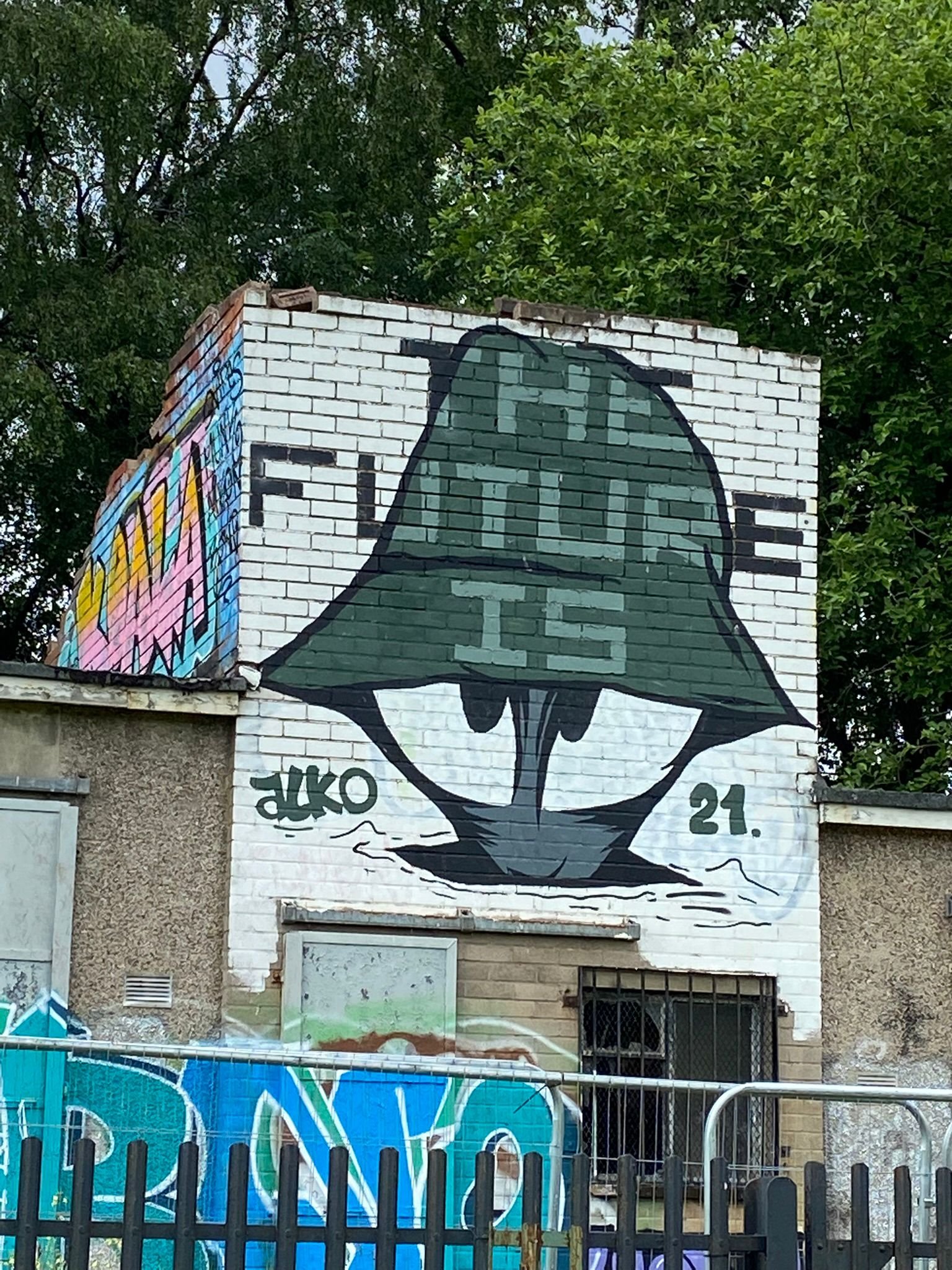
Do you feel there’s a difference between commercialising graffiti and doing it because you want to?
Recently graffiti has been commercialised. I don’t think there’s anything wrong with making money out of what you love, but I do think there’s a sense of greed of only doing graffiti when you are paid for it. I also have feelings against writers making money covering unpaid graffiti art.
What would you say the graffiti scene is like? Is it inclusive, are there a lot of cliques etc?
It can be unsafe as a scene when there’s beef with other artists. It's naturally toxic like other scenes, as everyone has the urge to be the best. You’ve also got to remember its gang-related culture, but the difference in graffiti is the goal of taking over a number of territories with art. It’s easy to get into, anyone can pick up a can, but it is hard to be known. There’s also a fair number of female artists – sexism doesn’t exist in the scene.
How do you decide where you will paint?
A: I do rollers, so it's not all about spray-paint. When I decide to do rollers, I'll always look for areas that have never been done before and are blank. I feel a sense of accomplishment when I do a spot no one else has. I decided to create a pixelated ‘R’ which is all across Glasgow. It's almost like a trademark.
Is the Glasgow graffiti scene different to others?
Glasgow’s scene was first conquered by a crew called Easy Riders. They made a name for Glasgow and no other local crew has done something like that. Other scenes have accepted graffiti spots though and some cities appreciate it more than Glasgow.
What paint do you use?
I use dulux house paint for my rollers. When it comes to graffiti with spray paint, I use Loop and Montana.
You’ve discussed your desires and goals as an artist; however some would say what you are doing is a crime, and it is harming society and businesses. What would you say to this?
I think it's fair to say that it’s a crime, but that’s down to the nature of the motives, the risk of wanting people to see our art. However, I would also say that many of the graffiti pieces created are on abandoned and closed down businesses. The motivation is to have people see the art 24 hours a day. I also think of this crime as not harmful to people. It's a case of spraying colour on a wall.
How do you not get caught?
I don’t get caught as I am very careful. I trust the people that I paint with, and when I do paint during the day I look as natural as possible. For example, I will wear high vis clothing or a paint suit.
Instagram for RADA - @Concrete3vidence
